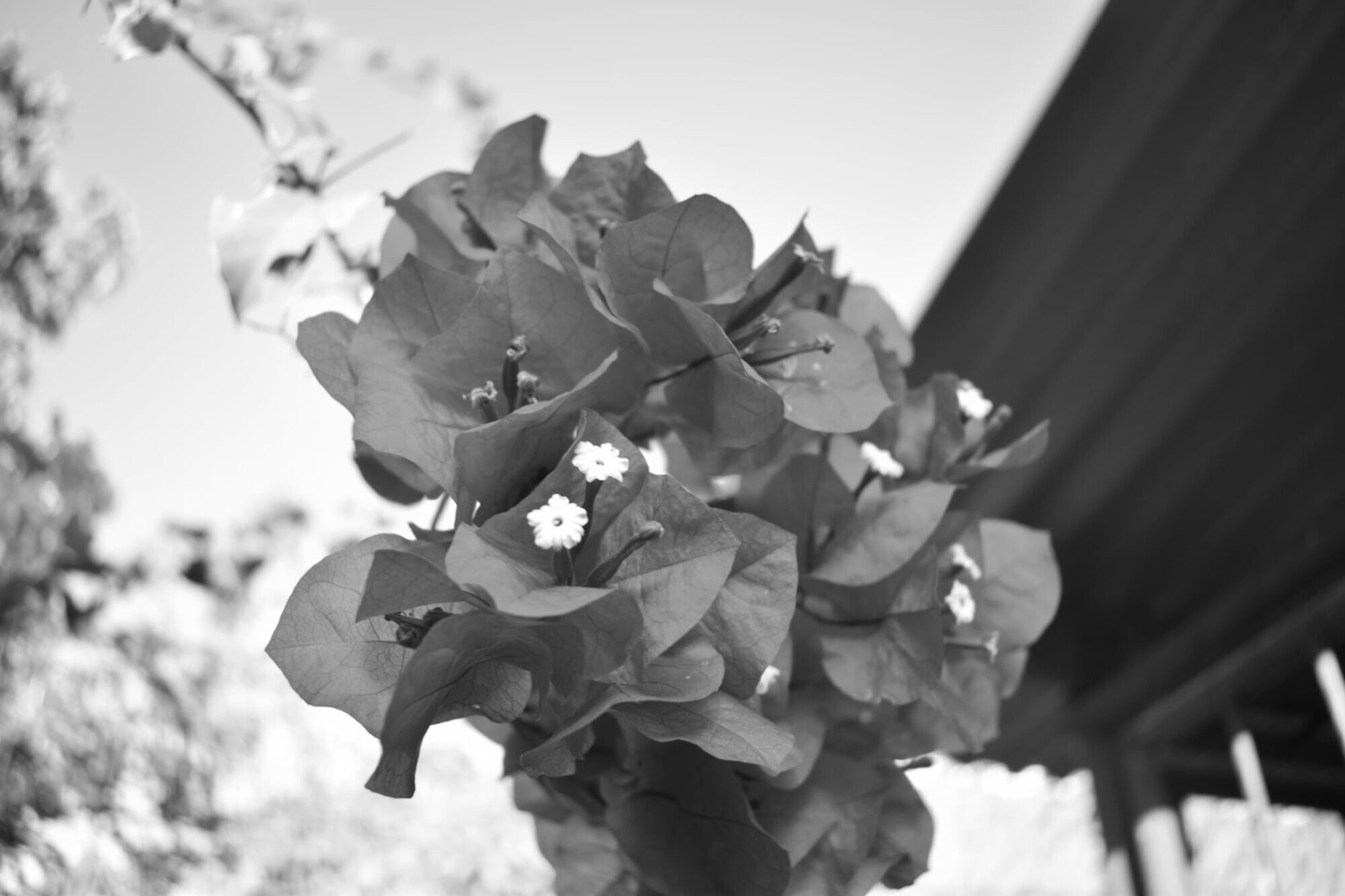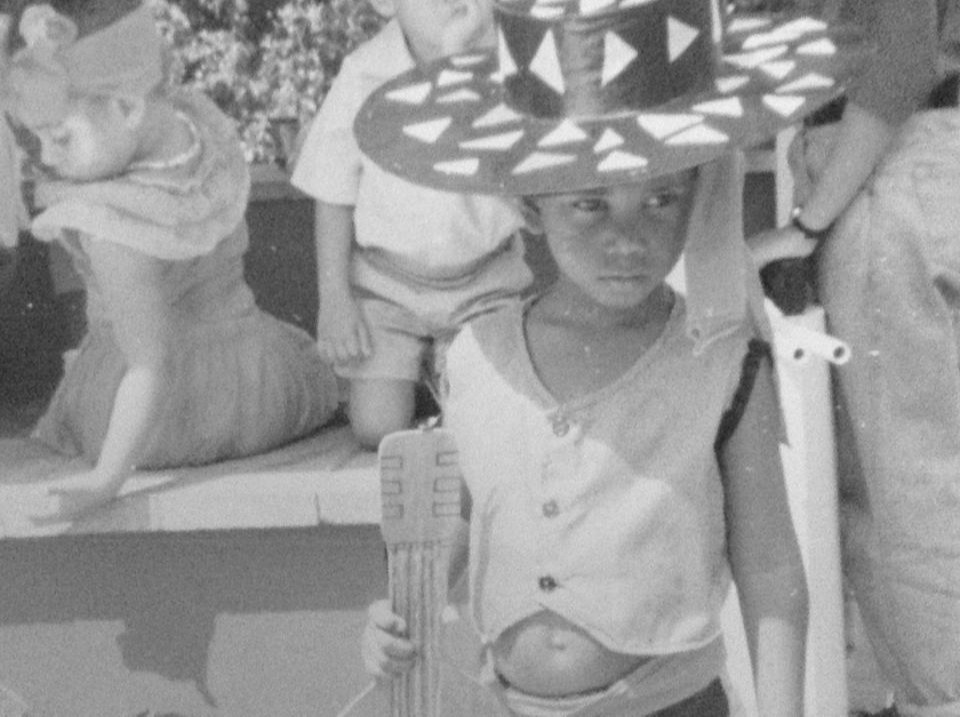carimagination
1. a portmanteau to refer to the ‘Caribbean imagination’
2. a term coined to affirm Rex Nettleford’s notion that national and regional development are founded on the “centrality of the exercise of the creative imagination (Rex Nettleford in “The Arts and Post Colonial Certitude”, 2007)
3. an artistic practice and standpoint grounded in Caribbean self-definition and recognition of creativity in the quest for dignity of self and society
4. a politics of responsibility and commitment to construct a free and independent Caribbean through art
5. a motif on Caribbean culture and identity – “The social ancestral reality of our region has made us into part-African, part-European, part-Asian, part-native American but totally Caribbean” (Rex Nettleford in “The Arts and Post Colonial Certitude”, 2007)
It isn’t enough to tell you my story: I am compelled to show you the faces, ways of being and landscapes I encounter in my journey. My body of work combines social and family histories with painting and creative writing. I work primarily with acrylic paint and I present the interplay between image and text on canvas. I am influenced by artists from the Caribbean and Americas such as Pablo Delano, William H. Johnson, Firelei Báez, Maria Nunes, and Diego Rivera, but my creative ideals were established by vernacular and popular art practices in Trinidad and Tobago carnival, Divali, the architectural miracle of the Temple in the Sea at Waterloo, creative and social movements, Haitian urban art and Peruvian retablos. I firmly believe that I am at an advantage in life coming from Trinidad and Tobago with an Antillean consciousness. I am the inheritor of dynamic, multi-ethnic and multi-cultural world traditions and philosophies.
As an interdisciplinary Caribbean artist, educator and activist, I am building a visual and literary archive of people’s voices and senses of place from a decolonial frame. There are facts of our lives and histories, yet, the artist is tasked with documenting, preserving and engaging the feelings of them. Through a creative practice grounded in anthropological research, I use auto-ethnography, flânerie, and visual and literary ethnographies to illustrate the dignity of every subject, human and place.
Saint Lucian poet, playwright and artist, Derek Walcott said, “I don’t have any ambition in my painting, short of trying to make a thing feel as if it were alive.” I endeavour to do the same in my craft – lifting the lives, histories, futures, dread and commitments of people and places. Art galleries are valuable curatorial spaces, but they are no more important that galleries at the front of houses in yards where girls comb hair and elders congregate. My best work astonishes because it is simple, brave in its storytelling, bold in colour and beautiful in the eyes of children.

